When considering the logistics and transportation industries, understanding the dimensions of vehicles, particularly a full-sized semi-truck coupled with a trailer, is quintessential. The combination of a tractor unit (the semi-truck) with a trailer presents a formidable transport unit that navigates the highways, delivering goods essential to the economy. In this exploration, we will delve deeply into the measurements, specifications, and various factors contributing to the overall length of a full-sized semi-truck with a trailer, while also addressing user inquiries that may arise in this context.
What is the Standard Length of a Full-Sized Semi-Truck with Trailer?
To begin with the matter at hand, the fundamental question that frequently arises is: how many feet does a full-sized semi-truck with a trailer measure? On average, a standard semi-truck and trailer combination can be around 70 to 80 feet long overall. Here’s a breakdown of the components involved:
| Component | Typical Length (Feet) |
|---|---|
| Semi-Truck | 20 to 25 |
| Standard Trailer | 48 to 53 |
| Total Length | 68 to 78 |
Understanding the Components of the Vehicle
The Tractor (Semi-Truck)
- Typically, the semi-truck or tractor measures between 20 to 25 feet in length.
- The tractor houses the engine and the driving compartment and is designed to pull the trailer.
The Trailer
- The trailer, where goods are loaded, usually comes in standard lengths of 48 or 53 feet. However, specialized or extendable trailers can add more length.
- Standard models for freight transportation include flatbeds, dry vans, and reefers (refrigerated trailers).
This means the total length of a semi-truck and trailer can fluctuate based on the specific type of trailer being used, the configuration, and even regulatory limits imposed by state or federal laws.
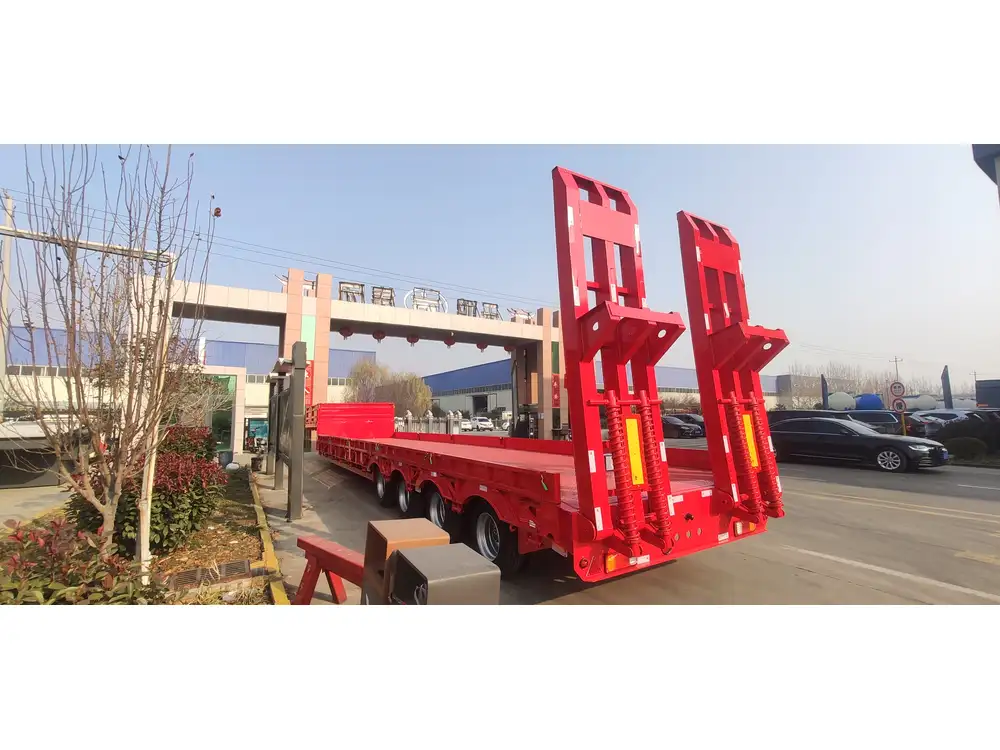
Regulatory Standards Impacting Length
Legal Restrictions on Truck Length
The length of semi-trucks and trailers is also subjected to legal restrictions varying by state and federal regulations.
- Interstate Commerce: Under federal guidelines, the maximum allowable length for a semi-truck and trailer combination is 65 to 75 feet, subject to specific exemptions, which allows for a marginal variation in various states.
- State Regulations: Some states allow longer combinations under special permits. For instance, in certain states, a combination of up to 80 feet (or more for specialized transport) can be legally permitted.
Considerations for Over-Length Loads
Transporting over-length loads imposes additional requirements:
- Permits: Operators may require permits for loads exceeding standard lengths.
- Pilot Vehicles: Accompanying pilot vehicles may also be necessary to aid navigation and ensure safety.
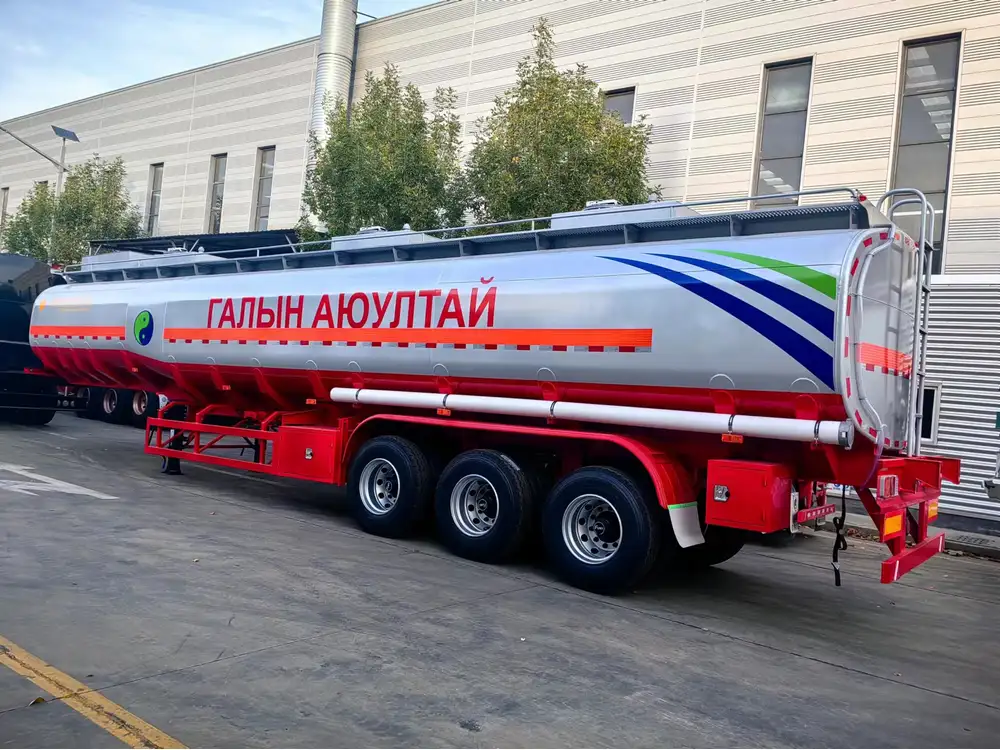
Types of Trailers and Their Influence on Overall Length
1. Flatbed Trailers
- Dimensions: Typically 48-53 feet long.
- Ideal Uses: Best for transporting oversized or unconventional goods, as they provide ease of loading and unloading.
2. Refrigerated Trailers (Reefers)
- Dimensions: Generally 53 feet.
- Ideal Uses: Suitable for transporting perishable goods, maintaining consistent internal temperatures.
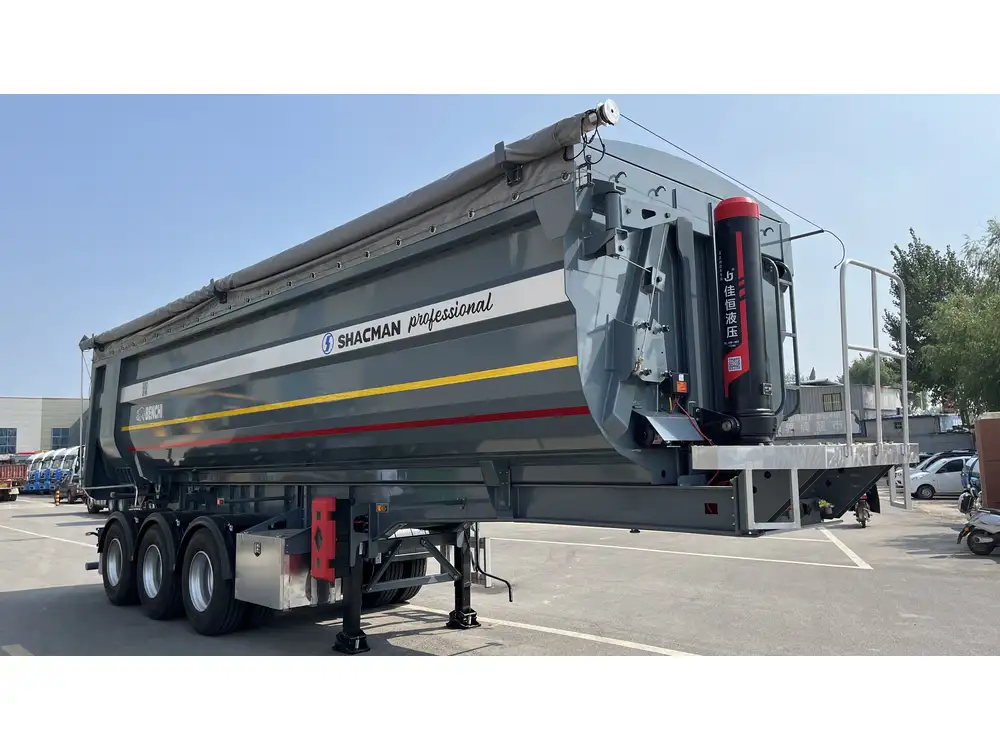
3. Enclosed Trailers
- Dimensions: Also around 48-53 feet.
- Ideal Uses: Commonly used for protecting goods from external elements during transit.
4. Container Trailers
- Dimensions: Usually standardized at 20, 40, or 45 feet.
- Ideal Uses: Frequently utilized for shipping containers and cargo.
The selection of the trailer type not only influences the overall length but also the cargo capacity and the types of goods that can be transported efficiently.
Factors Affecting the Overall Length
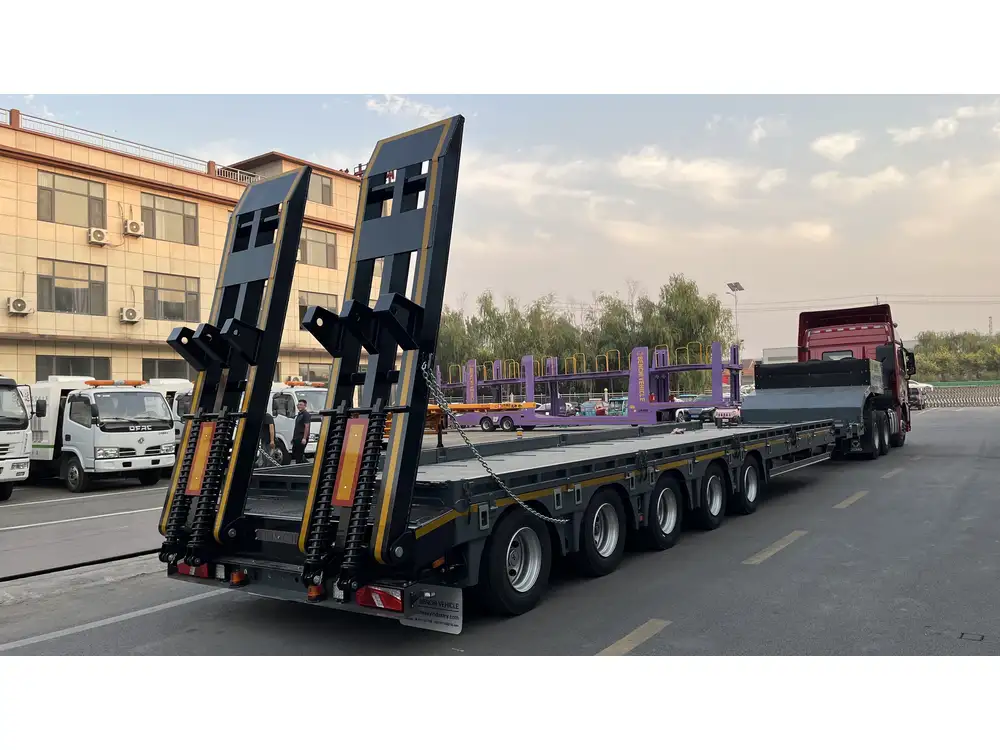
1. Cargo Type
- Heavier and larger cargo may necessitate the use of specialized equipment, resulting in different trailer lengths.
2. Load Configuration
- Types of cargo can determine how cargo is distributed and loaded, affecting the overall vehicle configuration.
3. Axle Configuration
- The number of axles on both the tractor and trailer influences overall stability, weight distribution, and ultimately legal vulnerabilities.
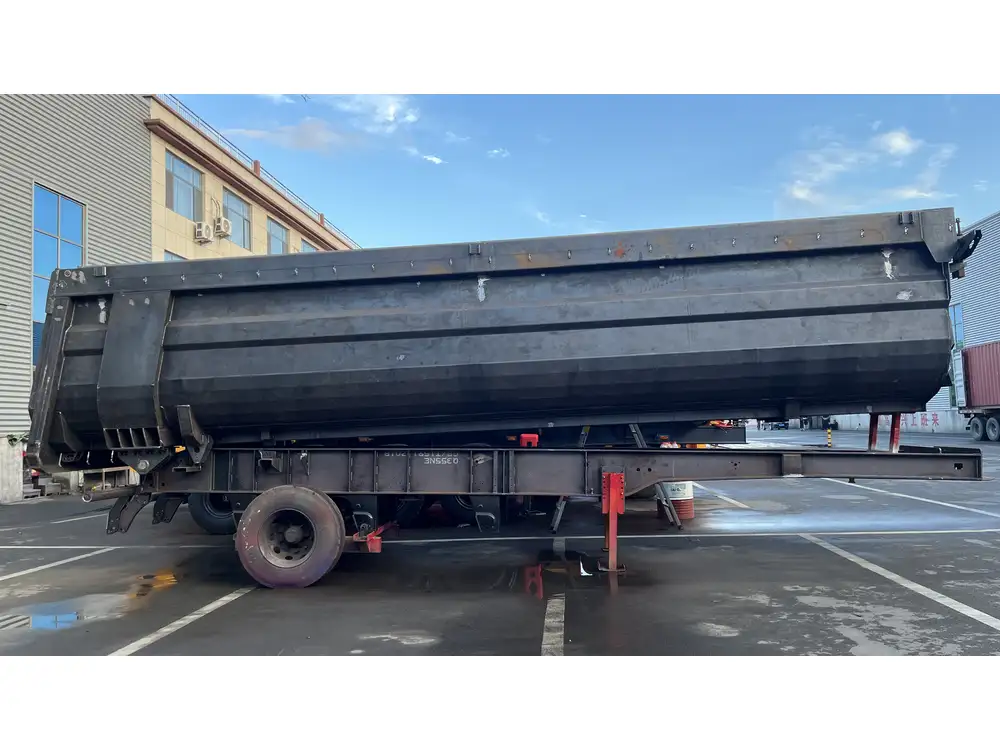
4. Specific Manufacturer Models
Different manufacturers may have slight variations in the dimensions of their semi-trucks and trailers, contributing to discrepancies in average lengths.
5. Transport Regulations
- Local, state, and federal transport regulations can have significant impacts on how lengths are assessed and managed.
Calculating the Dimensions: A Closer Look
For practical understanding, let’s map out the typical scenario of measuring a full-sized semi-truck with a trailer:
Example Scenario:
- Tractor Length: 22 feet
- Trailer Length: 53 feet

Total Length Calculation
[ \text{Total Length} = \text{Tractor Length} + \text{Trailer Length} ] [ \text{Total Length} = 22 \text{ feet} + 53 \text{ feet} = 75 \text{ feet} ]This simplified calculation helps illustrate how one can easily calculate the total length based on individual unit lengths.
User Queries Regarding Semi-Truck Trailer Length
Common User Queries
How long is a standard semi-truck?
- Average lengths range between 20 to 25 feet.
What is the maximum legal length of a semi-truck with trailer?
- Generally capped at 75 feet, though this varies by state.
Are there different lengths for refrigerated trailers?
- Yes, refrigerated trailers, common in food transport, generally measure 53 feet.
How does the type of cargo affect truck length?
- Different cargo types may prompt the use of specialized trailers, impacting overall vehicle length.
Why is it important to know the length of a semi-truck?
- Knowing the length aids in route planning, compliance with traffic laws, and ensuring safety during transit.

Conclusion
Understanding the dimensions and overall length of a full-sized semi-truck with trailer is vital for anyone involved in logistics, transportation, or planning road movements. Whether determining the size for specific hauls, ensuring compliance with state and federal regulations, or evaluating load configurations, the comprehensive insights provided here equip you with the information necessary to optimize transportation operations. The average length ranging between 70 to 80 feet encapsulates the standard, but variances do exist based on diverse factors such as trailer type, axle configurations, and implementation of legal requirements.
In the complex world of transportation, knowledge is power, and recognizing how various elements contribute to the overall dimensions and legal implications of semi-truck combinations can markedly enhance logistical efficiency and compliance adherence.



